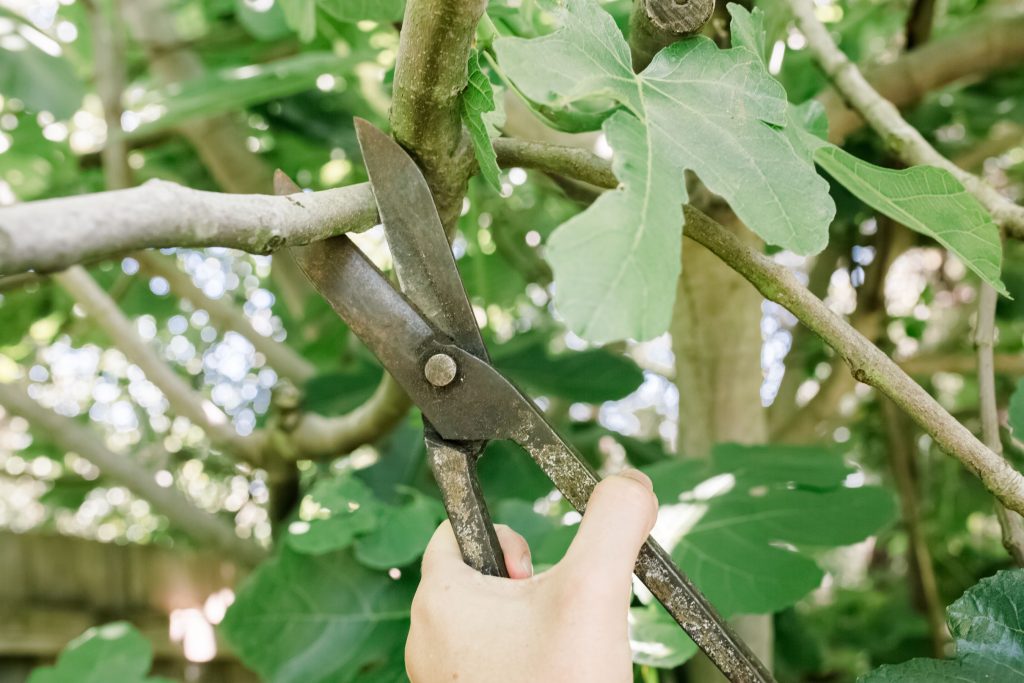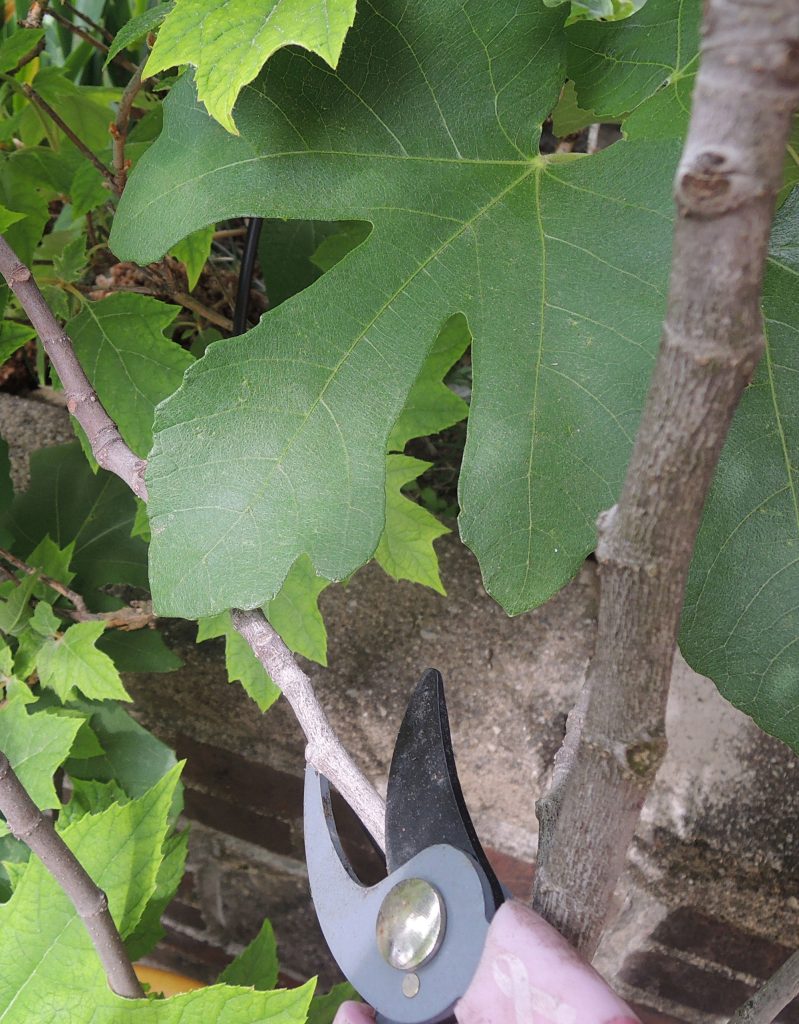Unlocking the secrets of effective tree cutting at Denver’s unique arborist heights necessitates a combination of expertise and a thorough grasp of the local topography. In this comprehensive guide, we’ll look at the art and science of tree cutting, with a focus on Denver’s diverse environment. From the semi-arid climate to the altitude differences, arborists must traverse a variety of hurdles to guarantee the health and vitality of Denver’s trees.
Tree trimming in Denver, a phrase repeated throughout this guide, highlights the emphasis on the local arboriculture landscape. As an arborist, you must understand the local nuances. Join us on a trip into the complexities of Denver’s tree care, where knowledge meets the specific demands of altitude, climate, and different tree species.
Denver’s Arboriculture Landscape
Denver’s arboriculture landscape exemplifies the dynamic relationship between nature and urbanity. Nestled against the Rocky Mountains, Denver has a distinct environment that necessitates arborists adapting their techniques to the city’s complex geography.
The city’s devotion to a green urban canopy and sustainability efforts complicates tree maintenance. Arborists traversing Denver’s geography have a multitude of problems, including the semi-arid climate and higher altitude.
The arboriculture procedures here go beyond ordinary tree upkeep, involving a thorough awareness of the native flora, soil conditions, and climate variations.
This section investigates the complex relationship between Denver’s urban expansion and the preservation of its natural greenery. As we explore Denver’s arboriculture landscape, we discover the delicate balance that arborists must maintain to protect the health and lifespan of the city’s trees, so contributing to Denver’s vibrant and resilient urban forest.
The Denver Difference: Climate Considerations
Arborists traversing Denver’s geography have a multitude of problems, including the semi-arid climate and higher altitude. The arboriculture procedures here go beyond ordinary tree upkeep, involving a thorough awareness of the native flora, soil conditions, and climate variations.
This section investigates the complex relationship between Denver’s urban expansion and the preservation of its natural greenery. As we explore Denver’s arboriculture landscape, we discover the delicate balance that arborists must maintain to protect the health and lifespan of the city’s trees, so contributing to Denver’s vibrant and resilient urban forest.
This section explores the impact of Denver’s climate on tree health, as well as the adaptive measures used by arborists to ensure the city’s green canopy’s resilience.
Local Flora: Tree Species in Denver
Denver’s arboriculture canvas is painted with a wide range of tree species, each adding to the city’s distinct green tapestry. The local flora includes a diverse range of natural species such as Ponderosa Pine and Colorado Blue Spruce, as well as introduced deciduous kinds. Understanding the distinctive properties of these tree species is critical for arborists who practice tree cutting.
Native trees, like the Ponderosa Pine, have developed to tolerate Denver’s semi-arid climate and changing elevations. The Colorado Blue Spruce, with its distinctive blue-green needles, lends visual appeal to the environment. Introducing deciduous species such as Quaking Aspen increases the city’s biodiversity.
This section digs into the complexities of Denver’s tree species, including their distinct characteristics, growth patterns, and specific requirements. Arborists must negotiate this broad assortment with care, customizing their cutting tactics to protect the health of each species in Denver’s urban arboretum.
Tree Health Diagnostics: Denver Edition
In the Denver Edition of tree health diagnostics, arborists act as nature’s detectives, deciphering trees’ visual language to ensure their survival in this particular urban setting. Recognizing the subtle signs that Denver’s trees convey is critical for successful tree care.
Arborists in Denver must be skilled in detecting signs of stress, pests, and diseases unique to the area. The semi-arid climate and various elevations present a number of obstacles, making tree health diagnosis a delicate art. Every visual feature, from the characteristic browning of leaves to the presence of pests such as the Emerald Ash Borer, contains important information.
This section explains the diagnostic tools used by arborists to evaluate these signals, as well as the preventive efforts performed to remedy any issues. Arborists who grasp tree health diagnostics in Denver may execute targeted and effective tree cutting procedures, guaranteeing the resilience of the city’s urban forest.
Practical Tips for Arborist Heights
Navigating the heights as an arborist in Denver necessitates a toolset of practical tips to maintain safety and effectiveness. Selecting the appropriate equipment for the work at hand is critical. Pruning shears, loppers, and saws must be carefully selected for use from the ground to the highest branches.
Safety is paramount at arborist heights. Personal protective equipment (PPE) such as helmets, harnesses, and strong footwear must be used without exception. Understanding the complexities of operating at different elevations, arborists use safe climbing techniques and may even request the help of cranes for very tall trees.
This section delves into the day-to-day issues that arborists experience at various heights and presents practical solutions to overcome them. These guidelines will help you choose the correct gear and prioritize safety measures.
Community Impact: Urban Tree Trimming in Denver
Urban tree trimming in Denver goes beyond the particular tree and has a good impact on the entire neighbourhood. Arborists diligently care for the city’s green inhabitants, resulting in a healthier and more lively urban environment.
Well-kept trees improve the aesthetic attractiveness of Denver’s neighbourhoods, creating enjoyable spaces for people. A healthy urban forest improves air quality by functioning as a natural filter for pollutants, in addition to its aesthetic value. This, in turn, improves the overall health and well-being of the community.
Furthermore, urban tree cutting is critical in reducing potential risks. Regular maintenance lowers the risk of fallen branches during storms, protecting both property and residents. Finally, this section investigates how the responsible management of Denver’s urban forest has a significant and positive impact on the community as a whole, building a sustainable and resilient cityscape.
FAQS
How frequently should trees be trimmed in Denver?
Denver’s climate necessitates annual trimming, preferably during the dormant season.
Are there any laws regarding tree trimming in Denver neighbourhoods?
Yes, certain neighbourhoods may have particular rules. Check with the local authorities to guarantee compliance.
Can tree trimming help to avert storm damage in Denver?
Trimming can greatly lessen storm damage by removing weak or overhanging branches.
Is it necessary to engage a professional arborist to prune trees in Denver?
While homeowners can do simple trimming, professionals are recommended for more complicated work or tall trees.
Which tree species grow best in Denver’s climate?
Ponderosa pine and Colorado blue spruce are native species that thrive in Denver’s climate.
How do altitude and soil factors affect tree cutting procedures in Denver?
Altitude impacts oxygen levels, while soil conditions influence nutrient availability, both of which have an impact on trimming tactics.
Conclusion
To summarize, the art and science of tree trimming in Denver arise as a dynamic interplay between expertise and the city’s distinct environmental circumstances. From the semi-arid environment to the varied elevations and diverse tree species, arborists must negotiate a landscape that requires flexibility and precision.
Denver’s arboriculture landscape demonstrates the city’s commitment to a green urban canopy. Arborists play an important role in maintaining the health and beauty of Denver’s trees, as they are knowledgeable about the local flora, climate considerations, and practical height-related suggestions.
When the shears meet branches at arborist heights, the impact goes beyond the particular tree. Urban tree cutting in Denver has become a collective effort, increasing aesthetics, improving air quality, and limiting possible hazards.




